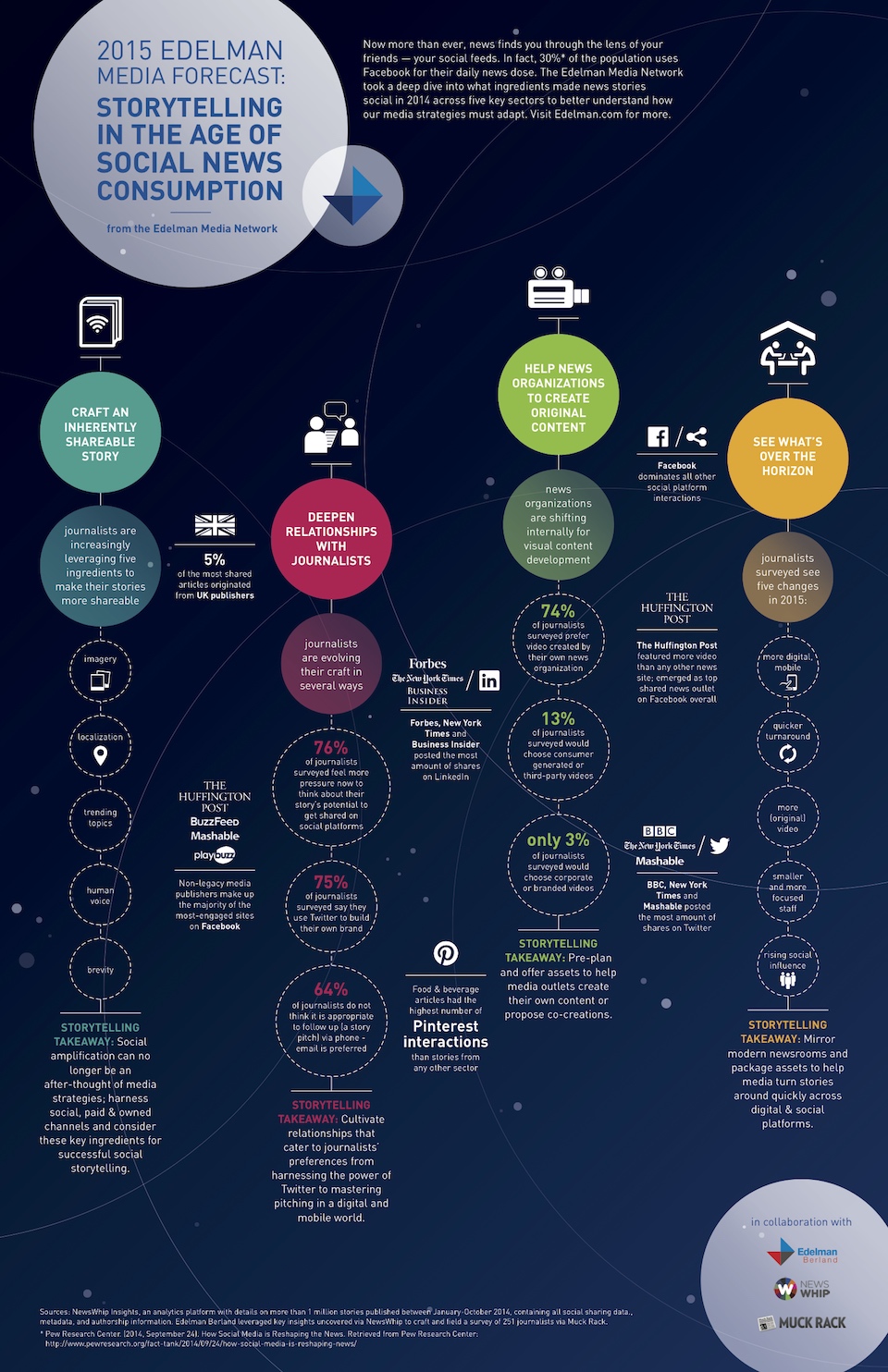Everyone can probably think of a friend, or maybe a family member, who no matter what they’re talking about, you make sure to listen. There’s something about a good storyteller that ensnares us to the subject at hand. Some of the funniest, most engaging stories I’ve heard or read have been about simple or seemingly trivial things. It’s all about how you connect with the audience in front of you.
If you’ve ever been wrapped up in a TED Talk, you know how easy it is to come away impressed with a person on a stage with only a microphone. There’s a beauty, to me, in being able to captivate someone else with words.
With that said, it is one thing to have someone’s attention in person or via video and completely different to grab (and keep) someone’s attention online when there are limitless links, cat videos, articles, flashing lights, pop-up ads and constantly updated streams of tweets and statuses to distract us. It’s even harder to ensure that others share the content we create.
Much has been written about what makes us share things online, including this New Yorker piece from last year: “The Six Things That Make Stories Go Viral Will Amaze, and Maybe Infuriate, You.” Much like the reasons we get wrapped up in a good story, we share things online that appeal to us emotionally, induce a personal memory or create a sense of belonging.
One thing that news outlets, especially, have been able to accomplish over the past few years is including an increased amount of visual components that draw in and make connections with their audiences. The rapid advent and success of visual-based social sharing (looking at you Instagram) has no doubt influenced this.
Last Month, the Edelman Media Network released its 2015 Edelman Media Forecast, which focuses on “Storytelling in the Age of Social News Consumption.” In conducting research on what makes news stories “social,” they found that 75 percent of journalists reported feeling more pressure to focus on a story’s potential to be shared online and to accomplish this, they are infusing stories with “five key ingredients: video / images, brevity, localization, more use of human voice and a proximity to trending topics.”
As social media further becomes a main tool for how we connect and share news/information, the importance of “social storytelling” will continue to increase. The following infographic from Edelman provides excellent information about this focus on social storytelling and related emerging media trends.

Click image above for full-sized version.
See All Posts